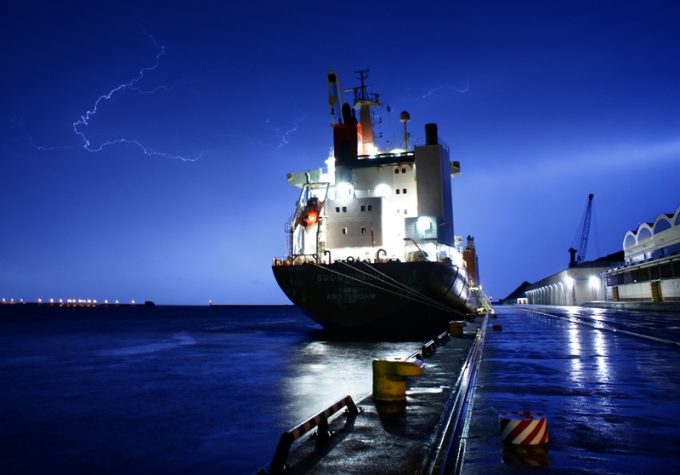Crew abandons Chinese feeder vessel on fire in the Red Sea
A Hong Kong-flagged feeder vessel is stranded in the Gulf of Aden after a fire ...
WTC: RIDE THE WAVEFDX: TOP EXEC OUTPEP: TOP PERFORMER KO: STEADY YIELD AND KEY APPOINTMENTAAPL: SUPPLIER IPOCHRW: SLIGHTLY DOWNBEAT BUT UPSIDE REMAINSDHL: TOP PRIORITIESDHL: SPECULATIVE OCEAN TRADEDHL: CFO REMARKSPLD: BEATING ESTIMATESPLD: TRADING UPDATEBA: TRUMP TRADE
WTC: RIDE THE WAVEFDX: TOP EXEC OUTPEP: TOP PERFORMER KO: STEADY YIELD AND KEY APPOINTMENTAAPL: SUPPLIER IPOCHRW: SLIGHTLY DOWNBEAT BUT UPSIDE REMAINSDHL: TOP PRIORITIESDHL: SPECULATIVE OCEAN TRADEDHL: CFO REMARKSPLD: BEATING ESTIMATESPLD: TRADING UPDATEBA: TRUMP TRADE

Absolutely fascinating article from Wired which looks at scientific research into lightning patterns that appears to have established a link between where it strikes and the fuel burn of the global shipping fleet. Researchers investigated why there was twice as much lightning activity in parts of the ocean that also happen to be the world’s busiest maritime trade routes, and the answer lies in the way that lightning forms – “aerosol convective invigoration” – which occurs when there are more particles, such as sulphur dioxide, in the air. And because ships have hitherto been burning high-sulphur fuel, there have been more of those particles in the areas they operate. But with IMO 2020 low-sulphur regulations due on 1 January, researchers believe this trend may about to be reversed.


Comment on this article